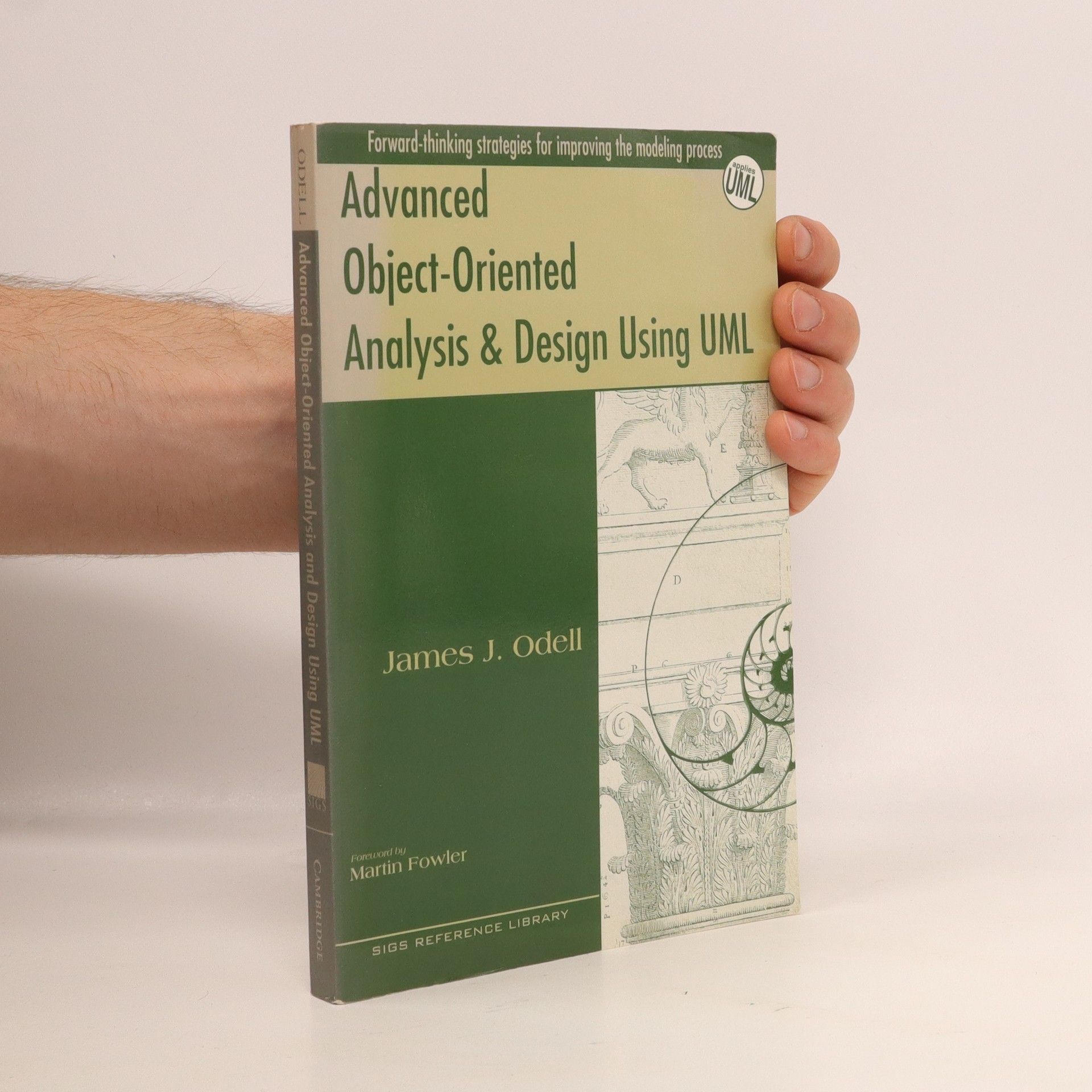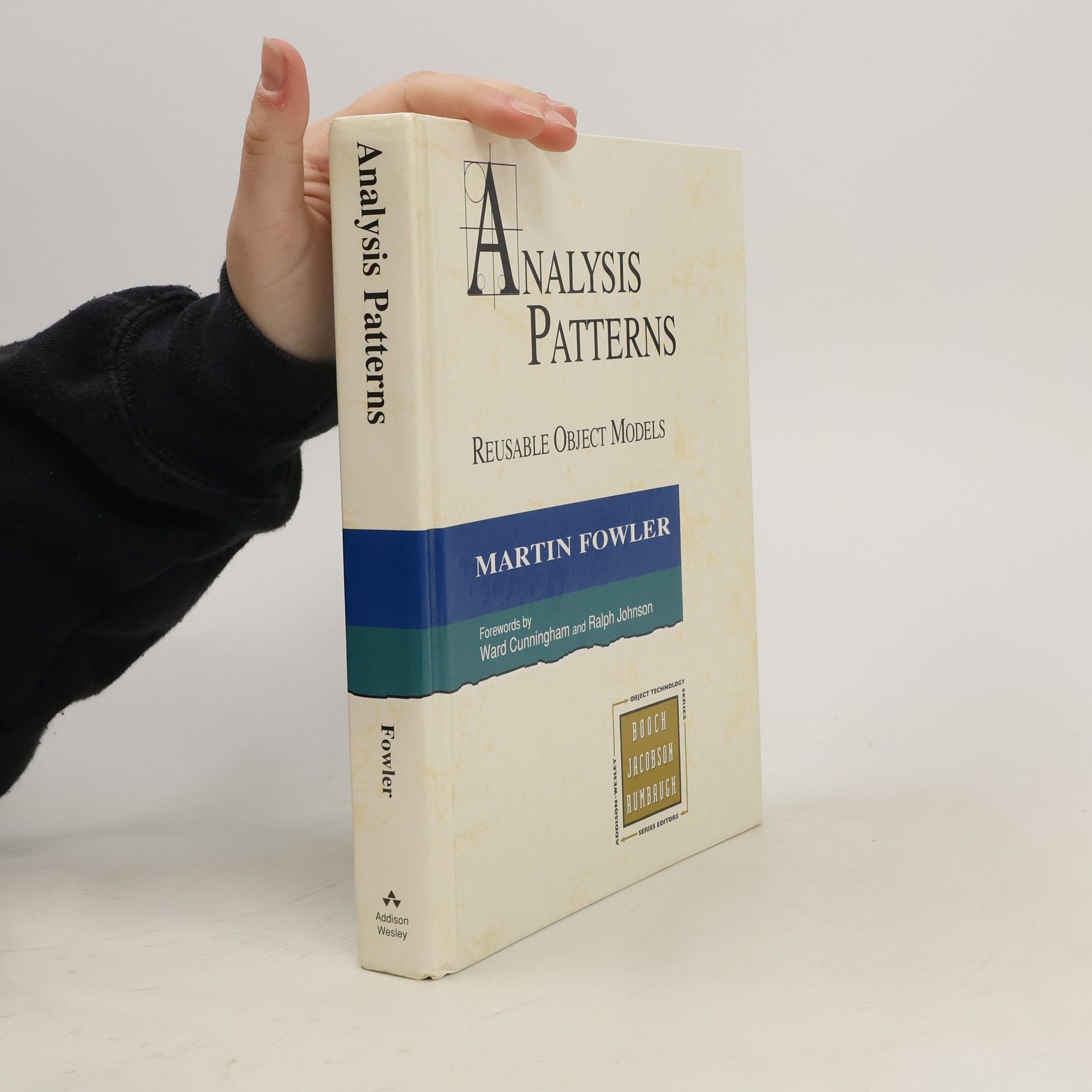Maintenant adopté comme standard de facto de l'industrie, et cautionné par l'OMG (Object Management Group), UML est une notation que tous les développeurs se doivent de connaître et de comprendre. Il apporte la garantie d'un langage universel, compris par tous les informaticiens et leurs clients. Cet ouvrage est un guide clair et concis qui aborde les aspects les plus essentiels d'UML. Il débute par un résumé de l'histoire d'UML, de son développement et de sa logique, puis analyse la façon dont il peut être intégré au processus de développement orienté objet. A l'aide de nombreux exemples, il vous présente également les grandes lignes des différentes techniques de modélisation - cas d'utilisation, diagrammes de classe, diagrammes d'interaction, etc. - et décrit leur sémantique.
Martin Fowler Livres
Martin Fowler est un ingénieur logiciel et un défenseur de premier plan des meilleures pratiques en matière de conception de logiciels d'entreprise. Son travail se concentre fortement sur les méthodologies agiles de développement logiciel, prônant des principes qui mènent à une conception logicielle plus efficace et de meilleure qualité. Il met l'accent sur l'application pratique et le partage des connaissances au sein de la communauté logicielle.

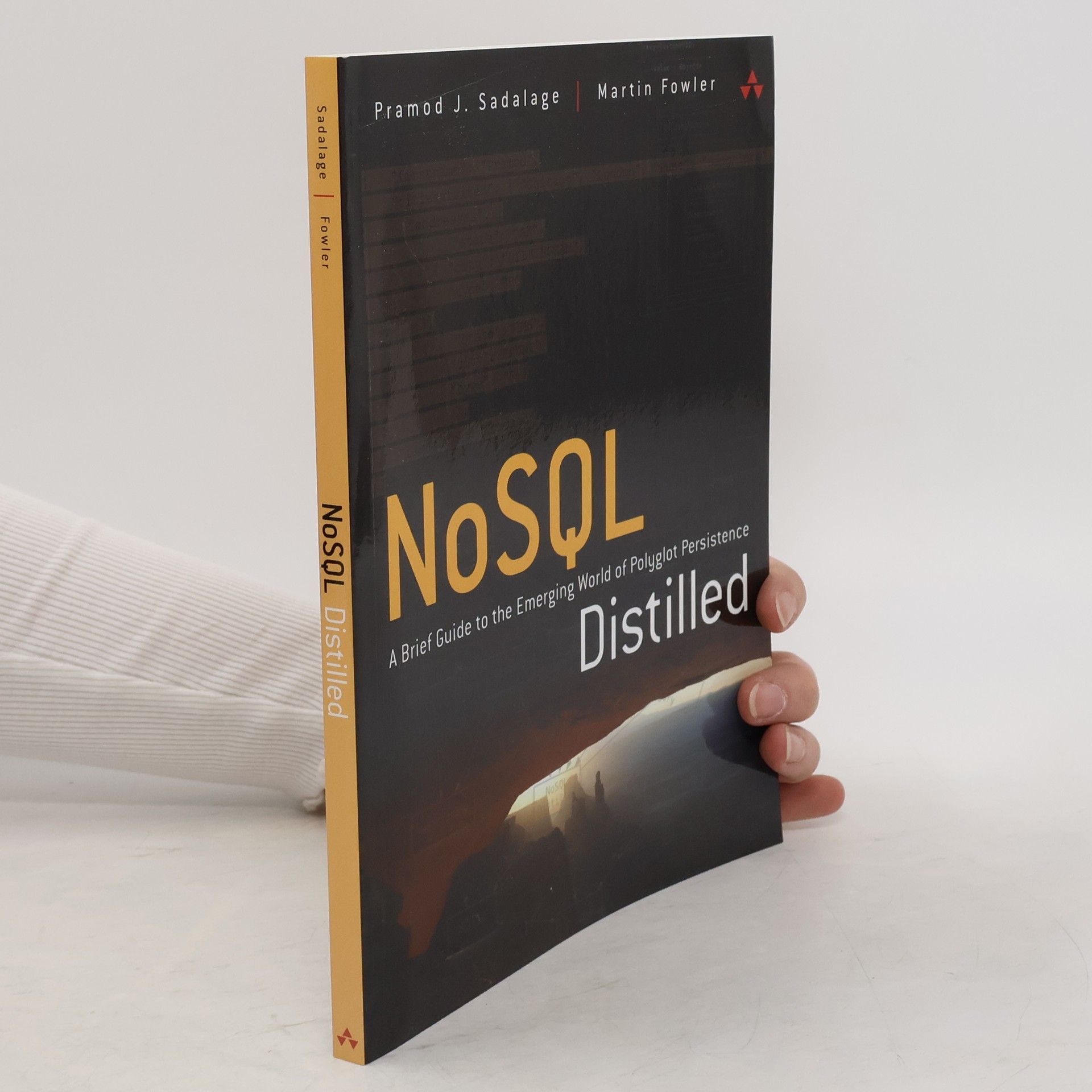


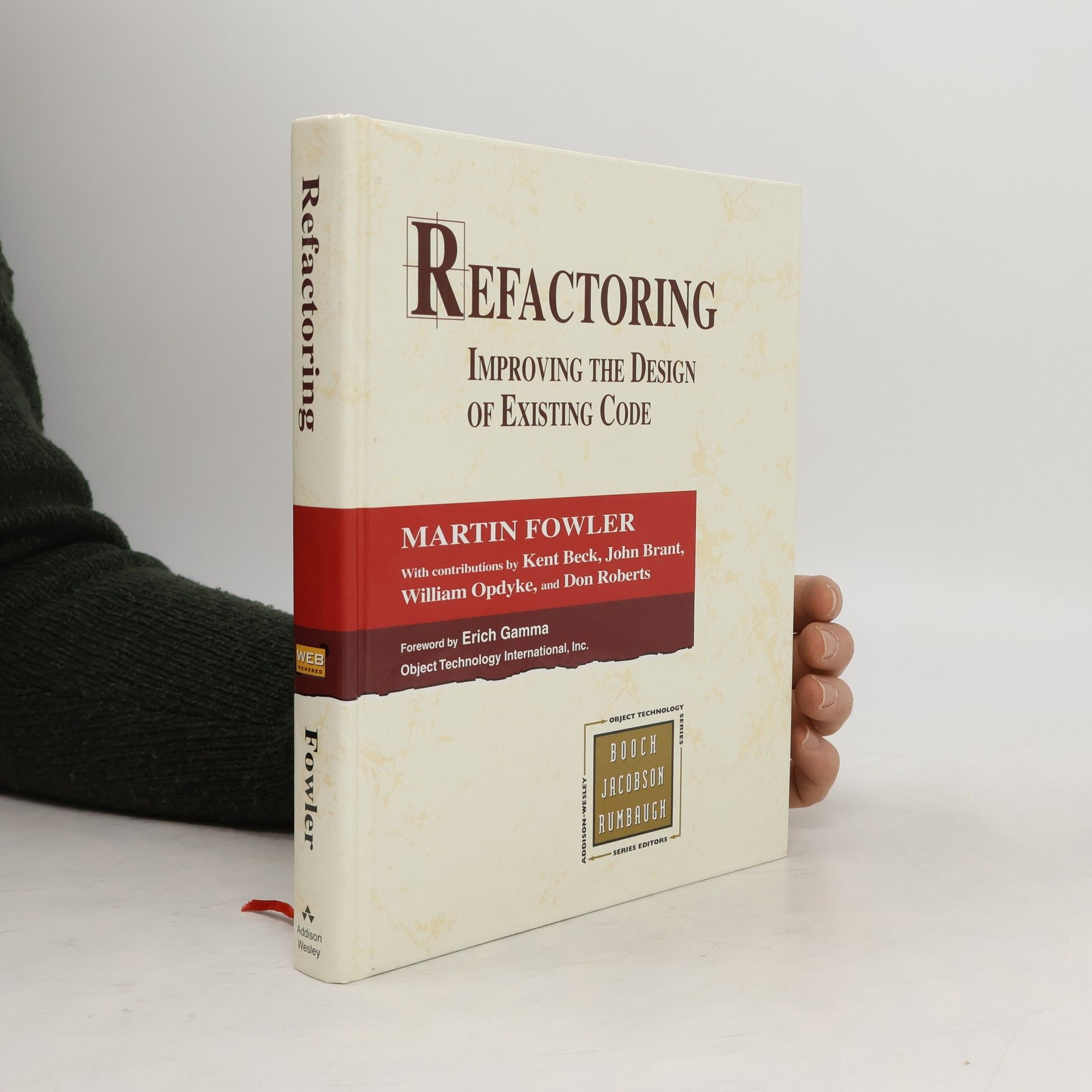
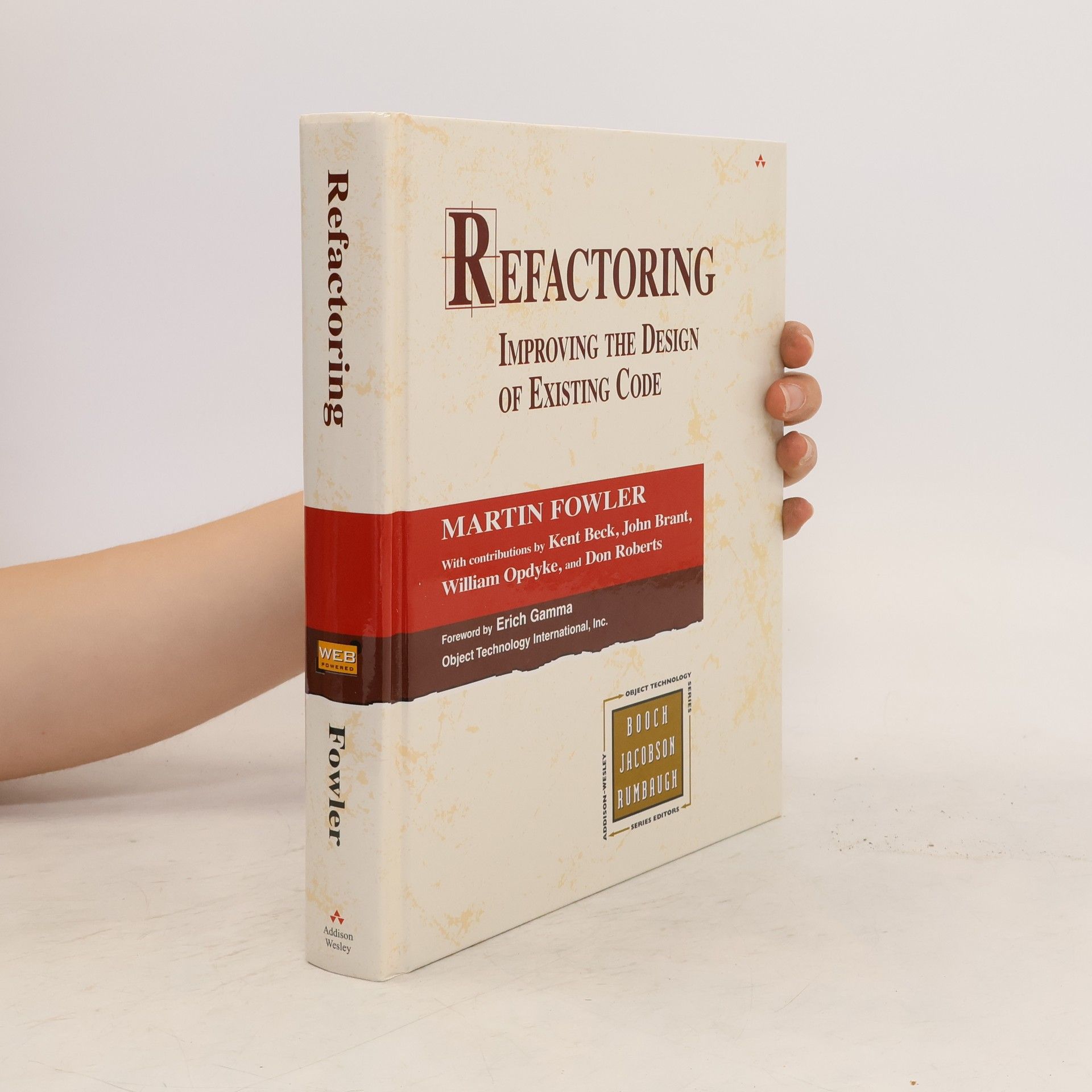
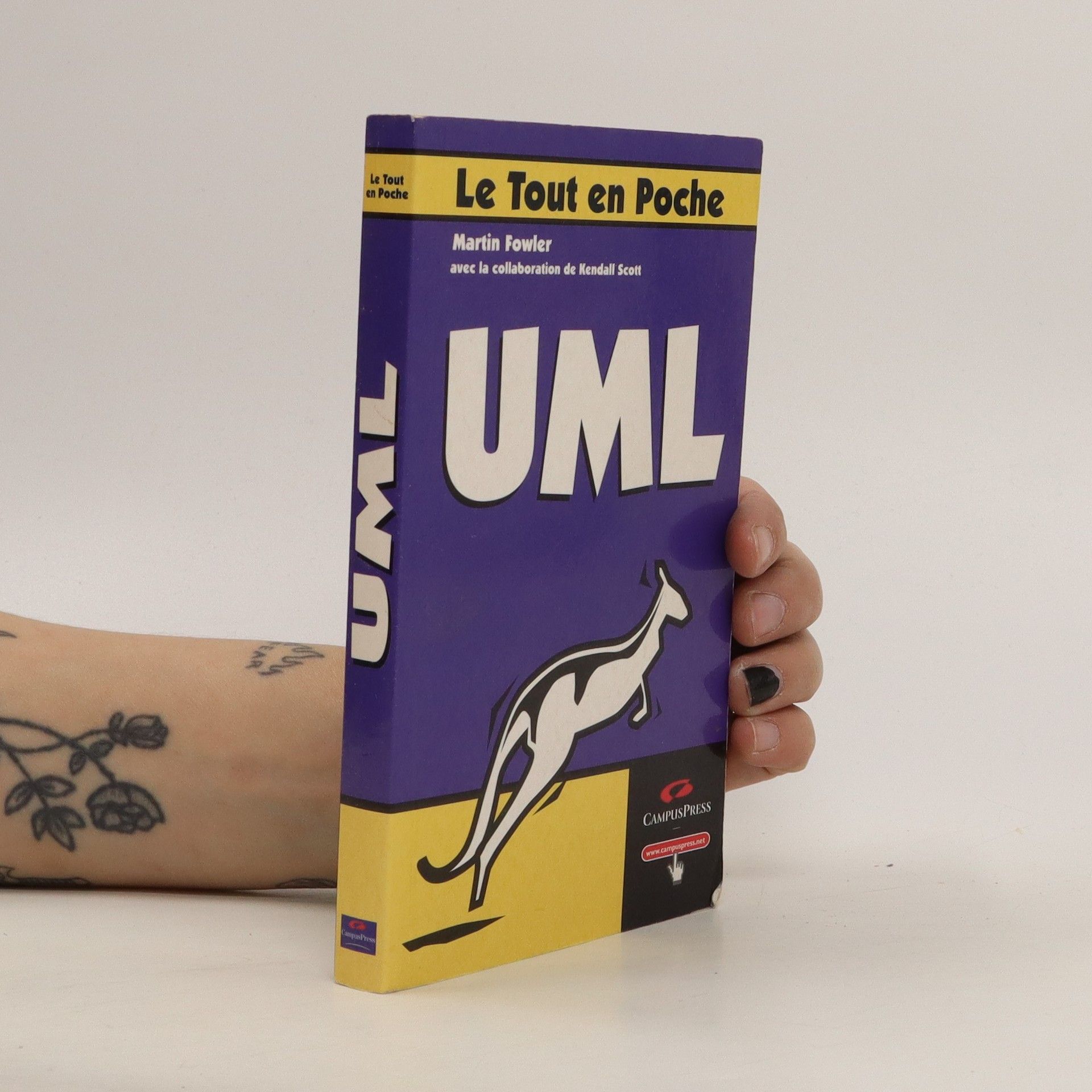
Refactoring. Improving the Design of Existing Code.
- 464pages
- 17 heures de lecture
Refactoring is gaining momentum amongst the object oriented programming community. It can transform the internal dynamics of applications and has the capacity to transform bad code into good code. This book offers an introduction to refactoring.
Refactoring. Improving the Design os Existing Code
- 464pages
- 17 heures de lecture
Refactoring is gaining momentum amongst the object oriented programming community. It can transform the internal dynamics of applications and has the capacity to transform bad code into good code. This book offers an introduction to refactoring.
Focusing on the creation of reusable object models, this book addresses the demand for deeper insights in the object-oriented community. Martin Fowler draws from his extensive experience to identify recurring problems across various domains, such as trading and accounting, and presents a catalog of analysis patterns. This innovative approach goes beyond typical methodologies, emphasizing the importance of the models produced through object-oriented analysis and design.
"Domain-Driven Design" incorporates numerous examples in Java-case studies taken from actual projects that illustrate the application of domain-driven design to real-world software development.
NoSQL Distilled
- 188pages
- 7 heures de lecture
'NoSQL Distilled' is designed to provide you with enough background on how NoSQL databases work, so that you can choose the right data store without having to trawl the whole web to do it. It won't answer your questions definitively, but it should narrow down the range of options you have to consider.
Developers of enterprise applications (e.g reservation systems, supply chain programs, financial systems, etc.) face a unique set of challenges, different than those faced by their desktop system and embedded system peers. For this reason, enterprise developers must uncover their own solutions. In this new book, noted software engineering expert Martin Fowler turns his attention to enterprise application development. He helps professionals understand the complex -- yet critical -- aspects of architecture. While architecture is important to all application development, it is particularly critical to the success of an enterprise project, where issues such as performance and concurrent multi-user access are paramount. The book presents patterns (proven solutions to recurring problems) in enterprise architecture, and the context provided by the author enables the reader to make the proper choices when faced with a difficult design decision.
This 1998 book conveys the essence of object-oriented programming and software building through the Unified Modeling Language.


